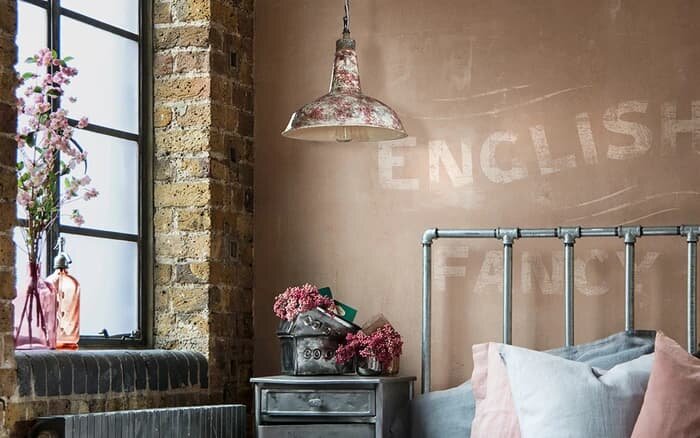What is "Warehouse Chic"? A quick history of industrial architecture
Warehouse chic is one of those architecture styles that looks great in design magazines and on Instagram, but it can sometimes come across as cold or empty in real life.
There’s a fine line between the chic exposed brick and steel piping ruggedness that you’re picturing in your mind, and an overplayed theme that looks a little too deliberate.
So how do you nail warehouse chic? Let’s start by figuring out what that actually means.
What is industrial warehouse chic and what are its roots?
Industrial-style buildings have always been built with function in mind. They’re not made to look pretty — they’ve been designed to serve an industrial purpose, for hundreds of years.
It just so happens that that industrial purpose is what makes this style of architecture so visually appealing today.
Back in the 1700s, for example, utilitarian buildings and factories were constructed with huge, dominating windows. There wasn’t any electricity back then, after all. So every drop of natural light was made to count.
Open floor plans and isolated corner staircases were necessary for safety reasons, in the event of a fire. For the same reason, many function-first constructions were built without ornamental finishes or decorative design. That's why so many factories and warehouses were just brick structures with exposed pipes, and an almost ‘unfinished’ aesthetic.
These elements — while purely practical back in the day — are now the hallmarks of 21st Century industrial chic.
These factories and huge buildings were constructed in such a sturdy way that they remained intact long after they were abandoned. In the 1960s and 1970s there was a renewal of interest in these long-forgotten properties — the dirty brick and open floor plans suddenly became desirable.
Old industrial buildings were renovated in cities like New York and London, creating an extremely trendy style of architecture which still continues today. The minimalist nature and ‘unfinished’ look of these warehouses means they lend themselves to any interior design style, making them appealing to a wide variety of owners and renters.
The classic features of industrial chic
Strictly speaking, industrial chic is all about function over form — nothing too ornate or decorated. That said, there are definitely some classic features of the warehouse architecture vibe:
Brickwork: almost all the old industrial buildings were built with sturdy brickwork, which was often left exposed and unfinished. Most warehouse chic properties embrace their brick walls — a bold approach that can still blend with any style.
Concrete walls: no paint or plaster necessary here. Not only is exposed concrete a defining feature of the warehouse aesthetic, it’s also such a neutral shade and texture that it can match with just about everything.
Giant windows: warehouse chic is all about the natural lighting. Floor-to-ceiling windows are a must-have where possible, otherwise big banks of windows across a whole wall will do. They started off as functional, to let the light in, but now it's definitely more of an aesthetic choice.
High ceilings: factories and warehouses typically have very high ceilings, to fit in machinery. Industrial chic architecture embraces this empty space, which perfectly complements the modern, utilitarian design.
Lofted spaces: you’ve got to make the most of those high ceilings! Many warehouse-turned-apartments incorporate lofted and mezzanine living to maximize space. Often you’ll see bedroom lofts perched above living rooms or kitchens.
Exposed pipes: a hallmark of the industrial style, exposed pipes really add a touch of rustic authenticity to a house. Plus, if you’re building from scratch, it’s cheaper if you don’t have to hide the pipes behind the walls!
But while there are some distinguishing features to “warehouse chic”, it's not always an easy look to get right.
How to make warehouse chic work for you
Embrace high ceilings
It’s not always possible, but high ceilings stop industrial-inspired spaces from feeling too harsh or utilitarian. Skylights and high-set windows will keep the space feeling light and airy, and lofted bedrooms are a good way to make the most of your space.
Go with a neutral color palette
Warehouse chic is all about neutral colors. Grey concrete, deep red or brown brick, black metal, white tiles, etc. Small pops of color can come in later, during the furnishing stage.
Combine wood and metal
Wood and metal is a classic combo that always pays off in an industrial-style build. This mix of old and new textures creates a great contrast in the home.
Need someone to discuss warehouse chic ideas with? It’s one of our favorite topics of conversation, so get in touch!




